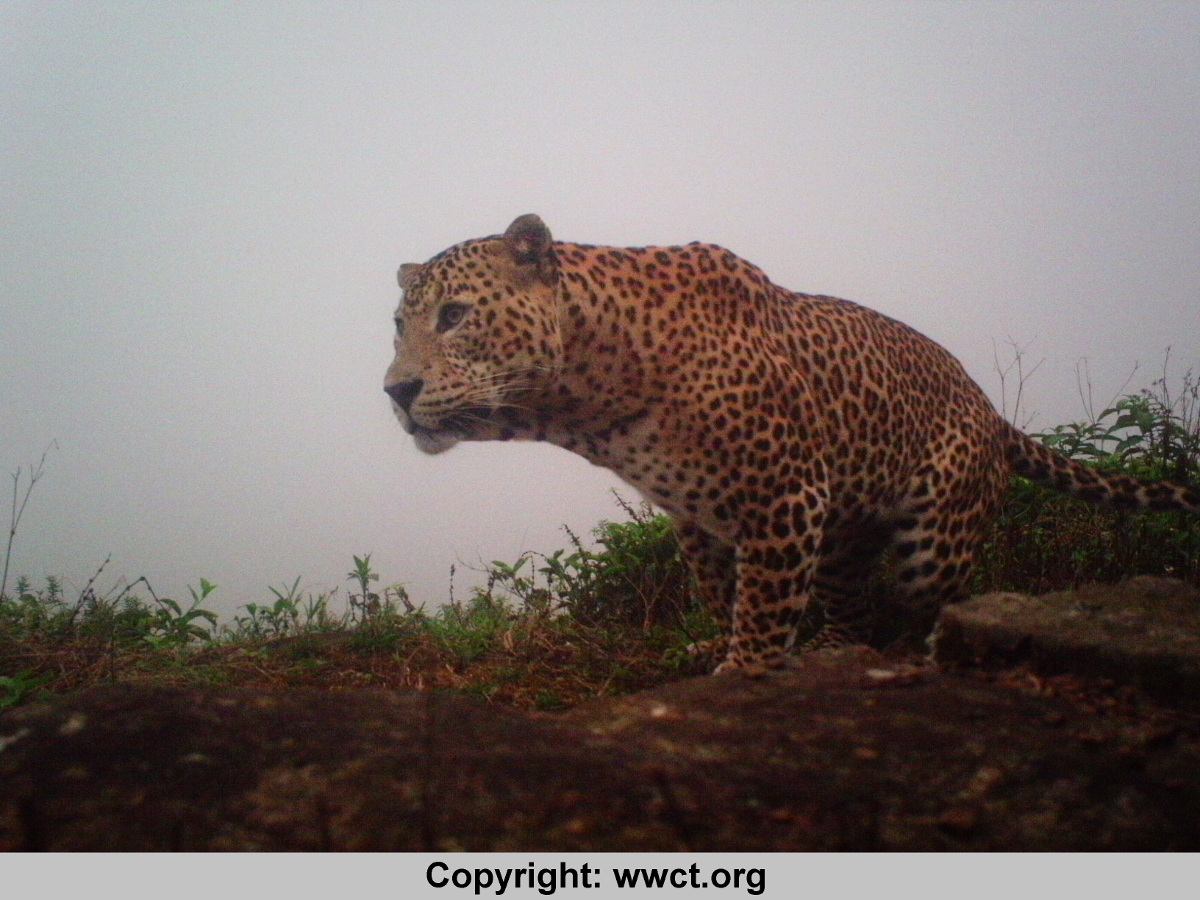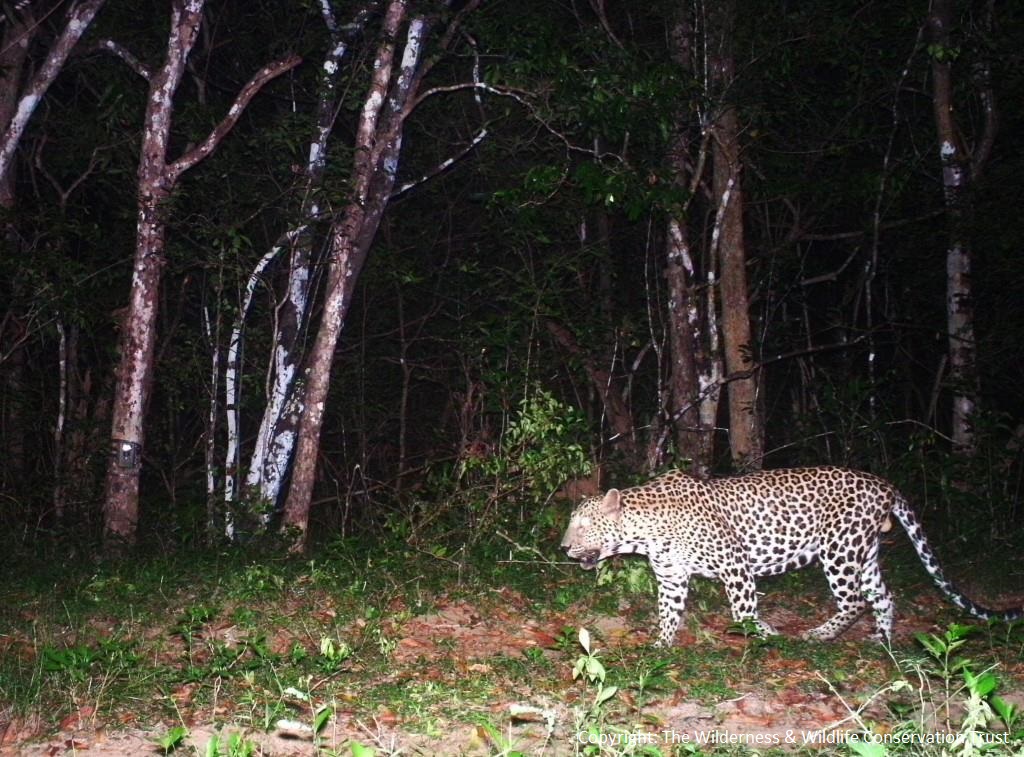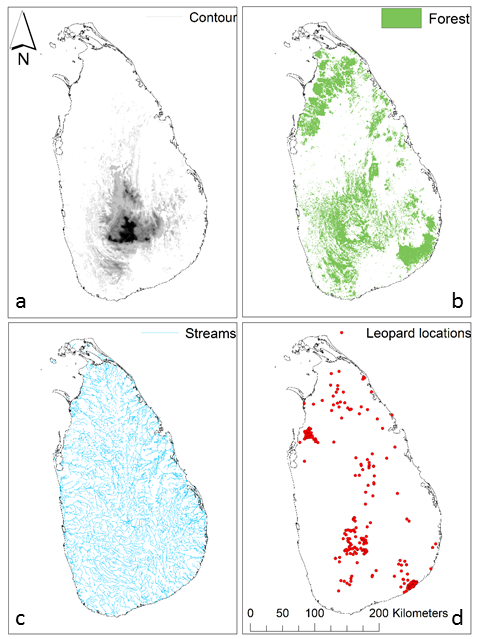News
New WildCRU collaboration paper on Sri Lankan leopards
WildCRU is studying leopards, and the guilds of which they are working parts, in an arc stretching up through Africa, through the Middle East, onwards through SE Asia to Java, and nowhere are they more interesting than in Sri Lanka, where a subspecies, Panthera pardus kotiya, is endangered and endemic, writes David Macdonald in celebration of a remarkable new paper led by WildCRU’s collaborators, Andrew Kittle and Anjali Watson.
Andrew and Anjali first joined us last year, and ever since a fruitful collaboration has blossomed in the attempt to conserve the Sri Lankan sub-species whose current range within this tear-shaped tropical island is < 40% of its historic island-wide distribution. Leopards, formerly thought of as almost indestructible, have globally been reduced to “Vulnerable”. Since 2000, researchers Dr. Andrew Kittle and Anjali Watson, a husband and wife team and founding members of The Wilderness & Wildlife Conservation Trust (WWCT), have been studying the leopard in Sri Lanka.
With Andrew’s arrival in WildCRU in January 2016, we created a great partnership with another of our research associates, Dr. Sam Cushman, expert on multi-scale habitat suitability modeling. Soon we were immersed in an island-wide analysis utilizing over 15 years of WWCT’s leopard presence data. Employing novel methods which comprehensively addressed spatial sampling bias and utilized the information contained in all models to arrive at a well-informed measure of variable importance, we showed that the level of protection of the landscape, forest patch size and density, as well as forest connectivity, were key factors impacting habitat suitability for leopards. Our results are published in a fascinating paper in Biodiversity and Conservation.
This result highlights the importance of Sri Lanka’s dwindling forest cover for the long-term conservation of leopards there, and has more wide-ranging implications for the island’s biodiversity given that the leopard can be an effective umbrella species, fulfilling the role of a conservation surrogate for many other species which subsist within its range. Since Sri Lanka, together with India’s Western Ghats, is one of the world’s 25 Global Biodiversity hotspots, this link between contiguous forest cover and leopard habitat suitability is of profound importance.








